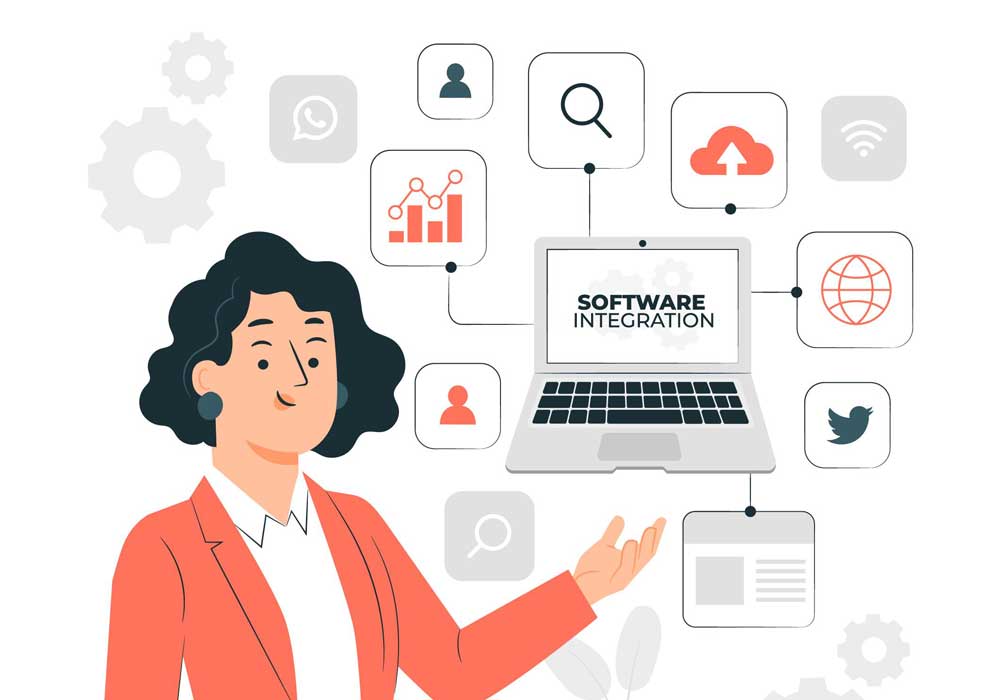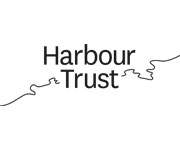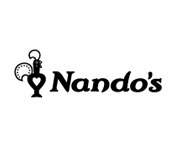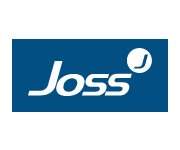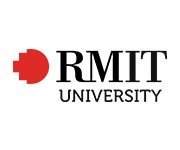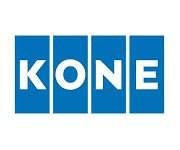Don't Miss Out: Discover the Benefits of Implementing CMMS!
Are you looking to optimise your organisation's maintenance management system? If so, you should consider implementing a CMMS – a Computerised Maintenance Management System.
A CMMS is a powerful tool for businesses looking to streamline their maintenance management processes. In this blog post, I'll discuss everything you need to know about CMMS and how to implement it for the most significant advantage for your organisation.
What is CMMS?
A CMMS, or Computerised Maintenance Management System, is an integrated, data-driven software platform designed to help businesses manage their maintenance operations. The system helps organisations track, monitor, and analyse maintenance activities and provides real-time visibility into the performance of their maintenance activities.
CMMS software can automate many tasks, including asset tracking, repair scheduling, preventive maintenance planning, inventory control, and equipment performance monitoring. It can also provide detailed information about maintenance costs and help organisations improve their maintenance processes.
Advantages of Using a CMMS
There are many advantages to using a CMMS. First, it can help organisations reduce their maintenance costs by streamlining the maintenance process and eliminating unnecessary steps. It can also help organisations save time and effort by automatically tracking and managing maintenance activities.
Additionally, a CMMS can help organisations improve the reliability of their assets by providing real-time visibility into the performance of their equipment. This can help organisations identify issues early and reduce downtime.
Finally, a CMMS can also help organisations become more efficient by providing a detailed analysis of maintenance activities and costs. This can help organisations identify opportunities for cost savings and develop more effective maintenance strategies.
Benefits of Using a CMMS
Using a CMMS can provide many benefits for organisations. First, it can help organisations reduce their maintenance costs by streamlining the maintenance process and eliminating unnecessary steps. It can also help organisations save time and effort by automatically tracking and managing maintenance activities.
Additionally, a CMMS can help organisations become more efficient by providing a detailed analysis of maintenance activities and costs. This can help organisations identify opportunities for cost savings and develop more effective maintenance strategies.
Finally, a CMMS can help organisations improve the reliability of their assets by providing real-time visibility into the performance of their equipment. This can help organisations identify issues early and reduce downtime.
The Different Components of a CMMS
A CMMS typically consists of four main components: asset management, maintenance scheduling, preventive maintenance, and inventory control.
The asset management component of a CMMS helps organisations track and manage their assets. This includes tracking the location and condition of assets and their performance.
The maintenance scheduling component helps organisations plan and schedule maintenance activities. This includes setting up maintenance schedules and identifying the best time for maintenance activities.
The preventive maintenance component helps organisations plan and manage preventive maintenance activities. This includes setting up preventative maintenance tasks and tracking their performance.
Finally, the inventory control component helps organisations manage their inventory. This includes tracking inventory levels, reordering supplies, and monitoring inventory costs.
How to Implement a CMMS
Implementing a CMMS can be daunting, but it doesn't have to be. Here are some tips for successfully implementing a CMMS:
- Create a comprehensive plan. Before implementing a CMMS, create a comprehensive plan that outlines the steps and processes that need to be taken.
- Integrate with existing systems. When implementing a CMMS, integrate it with existing systems and processes. This will ensure that the CMMS can provide accurate and up-to-date data.
- Train employees. Once the CMMS is in place, train employees on how to use it. This will ensure that they can use the system effectively and efficiently.
- Monitor performance. Finally, make sure to monitor the performance of the CMMS. This will help ensure that it provides the desired results and that any necessary changes can be made.
Analysing the Costs and Benefits of a CMMS
When deciding whether to implement a CMMS, it's essential to consider the costs and benefits. On the one hand, a CMMS can be expensive to implement and maintain. On the other hand, it can provide significant cost savings and improved efficiency over the long term.
The best way to determine whether a CMMS is a right choice for your organisation is to analyse the costs and benefits. Start by calculating the upfront costs of implementing a CMMS, such as software licenses and training costs. Then, consider the long-term charges, such as maintenance and support costs.
Once you have an idea of the costs, you should then consider the potential benefits. This includes cost savings from streamlining processes, improved efficiency from automating tasks, and improved reliability from real-time data.
Tips for Choosing a CMMS
When choosing a CMMS, there are a few things to remember. First, make sure to choose a system that is compatible with your existing systems and processes. It should also be easy to use and intuitive.
Second, consider the features and capabilities of the system. Make sure it has the features you need, such as asset tracking, preventive maintenance, contractor management, and inventory control.
Finally, make sure to consider the cost. Make sure you understand the upfront and long-term costs of the system, as well as any additional fees or charges.
Conclusion
A CMMS can be a powerful tool for businesses looking to optimise their maintenance management processes. It can provide many benefits, such as cost savings, improved efficiency, and improved reliability.
When implementing a CMMS, it's important to create a comprehensive plan, integrate with existing systems, train employees, and monitor performance. Additionally, make sure to consider the costs and benefits of a CMMS and choose a solution that meets your needs.
If you're looking to learn more about CMMS, contact Pinnacle Software, based in Brisbane. Our consultant can help you with your questions ndf organise a demo for you.
Implementing a CMMS can help your organisation save time, money, and effort and improve the reliability of your assets. Start optimising your maintenance operations today!
Looking for a comprehensive solution to streamline your maintenance operations across ACT, Northern Territory, NSW, QLD, SA, VIC, and WA? Look no further than our state-of-the-art Computerised Maintenance Management System (CMMS). Our all-in-one platform offers unmatched functionality, enabling you to efficiently manage assets, schedule maintenance tasks, track work orders, and monitor inventory—all from a single, centralised system. With seamless integration and real-time data access, our CMMS empowers organisations to enhance productivity, reduce downtime, and maximise asset performance. Whether you're in Canberra, Darwin, Sydney, Brisbane, Adelaide, Melbourne, Perth, or anywhere in between, our CMMS is the ultimate solution for optimising maintenance operations across Australia.

